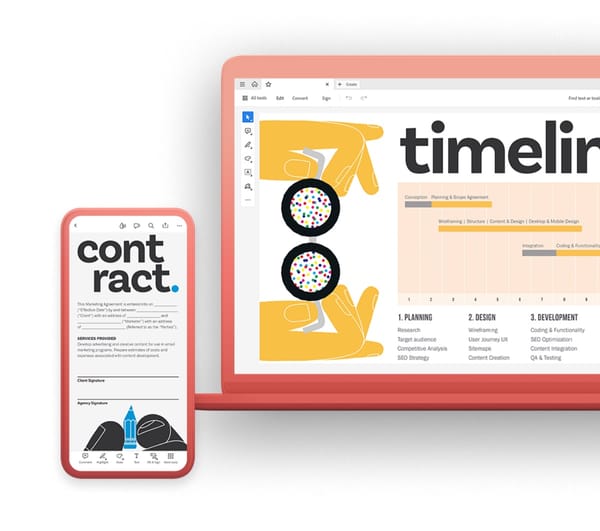How to Rotate Image in Adobe Lightroom
Adobe Lightroom, a powerful photo editing software, offers a versatile feature for rotating images, allowing you to adjust the orientation of your photographs to enhance their composition and alignment. Whether you’re correcting tilted horizons, straightening crooked buildings, or creating creative compositions, Lightroom’s rotation capabilities provide a seamless and intuitive workflow.
Understanding Image Rotation Techniques
Lightroom provides two primary methods for rotating images: using the Rotate tool and using the Crop Overlay tool. Each method serves a specific purpose and offers different rotation options.
Rotate Tool
- Precise Rotation: This tool enables precise rotation in increments of 90 degrees, 180 degrees, or by entering a custom angle value.
- Quick Orientation Adjustments: This tool provides shortcuts for quickly correcting common orientation issues, such as straightening tilted horizons.
Crop Overlay Tool
- Free-form Rotation: This tool allows for unrestricted rotation, enabling you to rotate the image to any desired angle.
- Fine-tuned Adjustments: This tool offers a rotation slider for precise angle adjustment, providing granular control over image orientation.
Choosing the Appropriate Rotation Method
The choice between the Rotate tool and the Crop Overlay tool depends on the precision required and the desired workflow. For quick orientation adjustments or basic rotations in 90-degree increments, the Rotate tool is a convenient option. For more precise rotations, fine-tuning, or free-form rotation, the Crop Overlay tool offers greater flexibility.
Rotating an Image Using the Rotate Tool
- Import the Image: Open the image you want to rotate in Lightroom and navigate to the Develop module.
- Locate the Rotate Tool: In the right-hand panel, find the Rotate tool, represented by a curved arrow icon.
- Quick Orientation Adjustments: For common orientation issues, click on the “Rotate Right” or “Rotate Left” buttons to correct the image’s alignment.
- Precision Rotation: To rotate by specific angles, click on the angle value box and enter the desired angle. You can also use the up and down arrows next to the angle value box for incremental adjustments.
- Apply the Rotation: Click on the “Apply” button to apply the rotation to the image.
Rotating an Image Using the Crop Overlay Tool
- Activate the Crop Overlay Tool: Click on the Crop Overlay tool icon, represented by two intersecting squares, in the right-hand panel.
- Enable Free-form Rotation: Ensure that the “Rotate” checkbox is selected in the Crop Overlay tool settings.
- Rotate the Image: Drag the image by clicking and dragging inside the crop overlay boundary. The image will rotate freely as you drag.
- Fine-tune the Angle: Use the rotation slider in the Crop Overlay tool settings to adjust the image’s angle with precision.
- Apply the Rotation: Click on the “Apply” button to apply the rotation to the image.
Tips for Enhanced Image Rotation
- Ensure that the image is properly leveled before rotating. Use the straightening tools in Lightroom to correct any tilt or horizon distortion before rotating.
- Consider the composition when rotating. Rotate the image to enhance the overall balance, subject placement, and leading lines.
- Use rotation sparingly and avoid excessive rotation. Excessive rotation can make the image appear unnatural or distorted.
- Save the image as a layered file to retain the original image data and allow for further adjustments to the rotation later.
Remember, rotating images in Adobe Lightroom is a fundamental editing technique that enhances the presentation and visual appeal of your photographs. By understanding the rotation methods, choosing the appropriate tool, and applying rotation strategically, you can transform your images by correcting orientation issues, improving composition, and creating visually captivating photographs.


